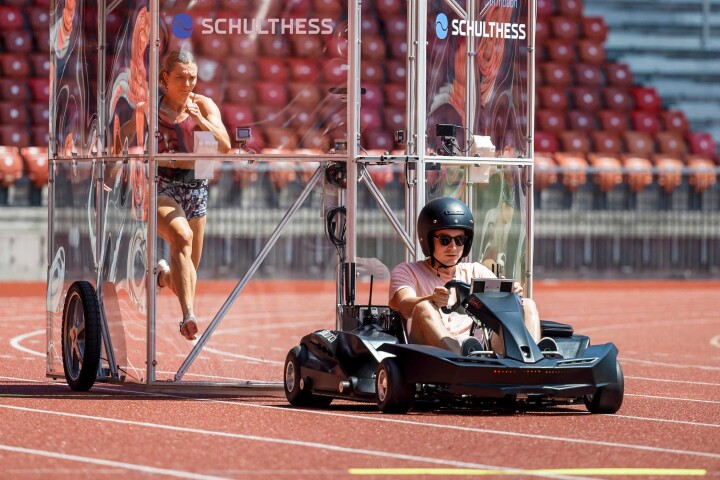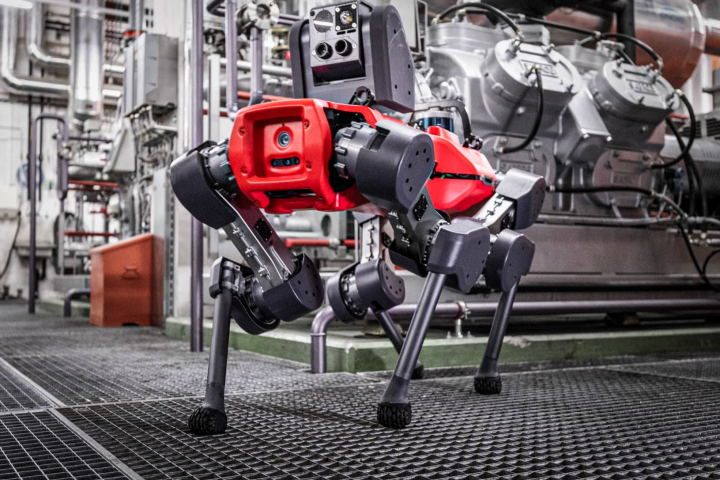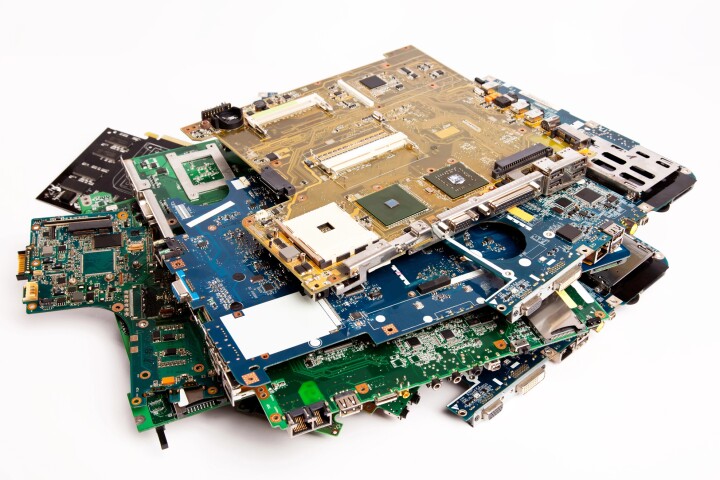ETH Zurich
-
If you want to run faster, it definitely helps if you know what it feels like to run faster. The Airshield was designed with that fact in mind, as it allows runners to train without experiencing any air resistance.
-
Bored of the regular chocolate varieties in your grocery store? Swiss scientists have invented a brand new kind of chocolate made of “cocoa fruit jelly.” The new concoction uses more of the cocoa fruit, making it healthier and more sustainable.
-
If you enjoy having a drink with friends every so often but don't want to get drunk, then a new gel may be just what you're looking for. The ingestible substance is said to help keep alcohol from entering the bloodstream, and from damaging the liver.
-
Leeches may be creepy, but many people find hypodermic needles even creepier. That's one of the reasons why scientists have developed a new leech-inspired blood collection device, which draws blood samples without the need for a big jab.
-
A three-legged robot could one day be hopping across the surface of asteroids, searching for valuable minerals. Known as the SpaceHopper, the bot was recently put to the test on a zero-gravity aircraft flight.
-
ANYmal is a truly remarkable robot, capable of standing and lifting things like a humanoid, or slinking around on all fours like a quadruped, with or without wheels. But what's really surprised us now is the eerie grace it's starting to move with.
-
A new method for recovering high-purity gold from discarded electronics is paying back US$50 for every dollar spent, according to Swiss researchers – who found their all-important gold-filtering substance in cheesemaking, of all places.
-
What's being hailed as the world's tallest 3D-printed building is being readied for assembly in a remote Swiss village. The White Tower from researchers at ETH Zurich will be formed from over a hundred columns, with a performance space sat on top.
-
If someone is already suffering from heart failure, they certainly shouldn't have to deal with a serious infection on top of that. A new type of electrical wire, designed for powering implanted heart pumps, could help keep that from happening.
-
Limescale buildup in thermal power plants due to the use of hot water can substantially affect efficiency, prompting researchers to develop a novel soft hydrogel-based surface coating that repels limescale crystals and prevents them from adhering.
-
Swiss researchers are working on an environmental monitoring robot named Avocado that's been inspired by abseiling spiders. The fruit-shaped bot uses a winch and rotors to lower itself through the canopy and gather data on life in the treetops.
-
Researchers developed a battery-less sensor that reacts to particular sounds, like spoken words, producing vibrational energy to power an electronic device. It could power medical devices like cochlear implants or monitor buildings for faults.
Load More











